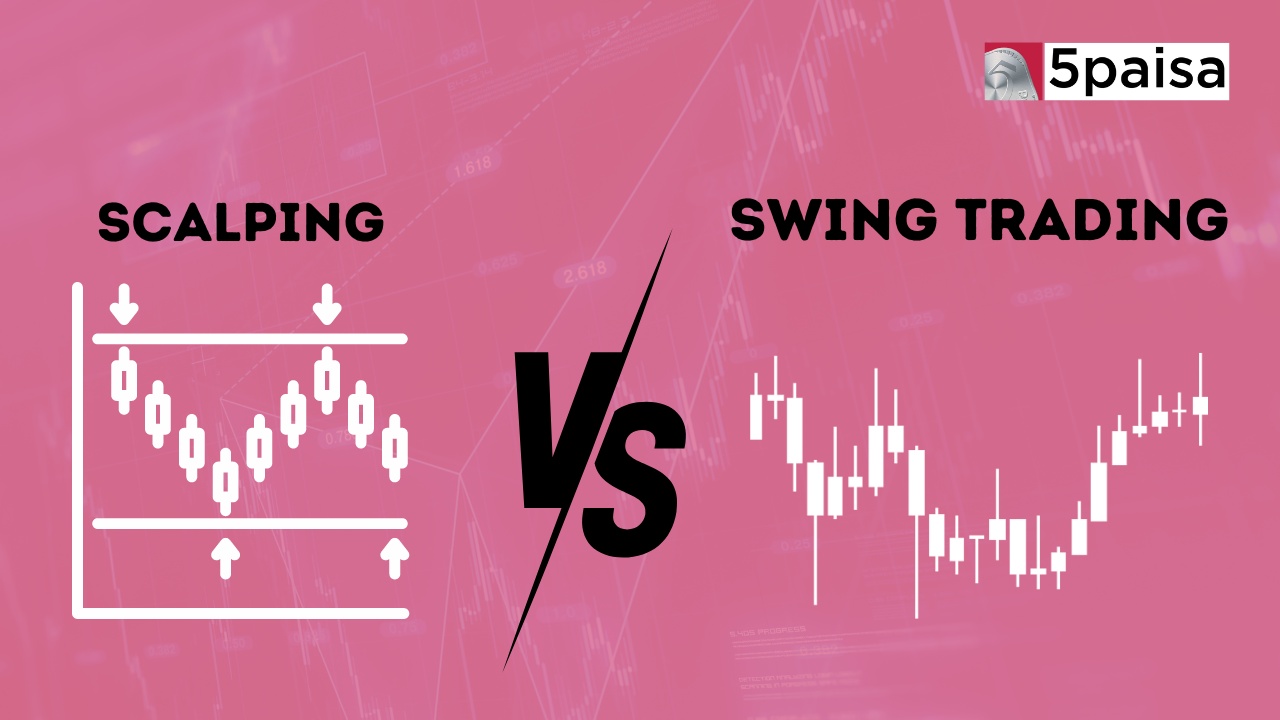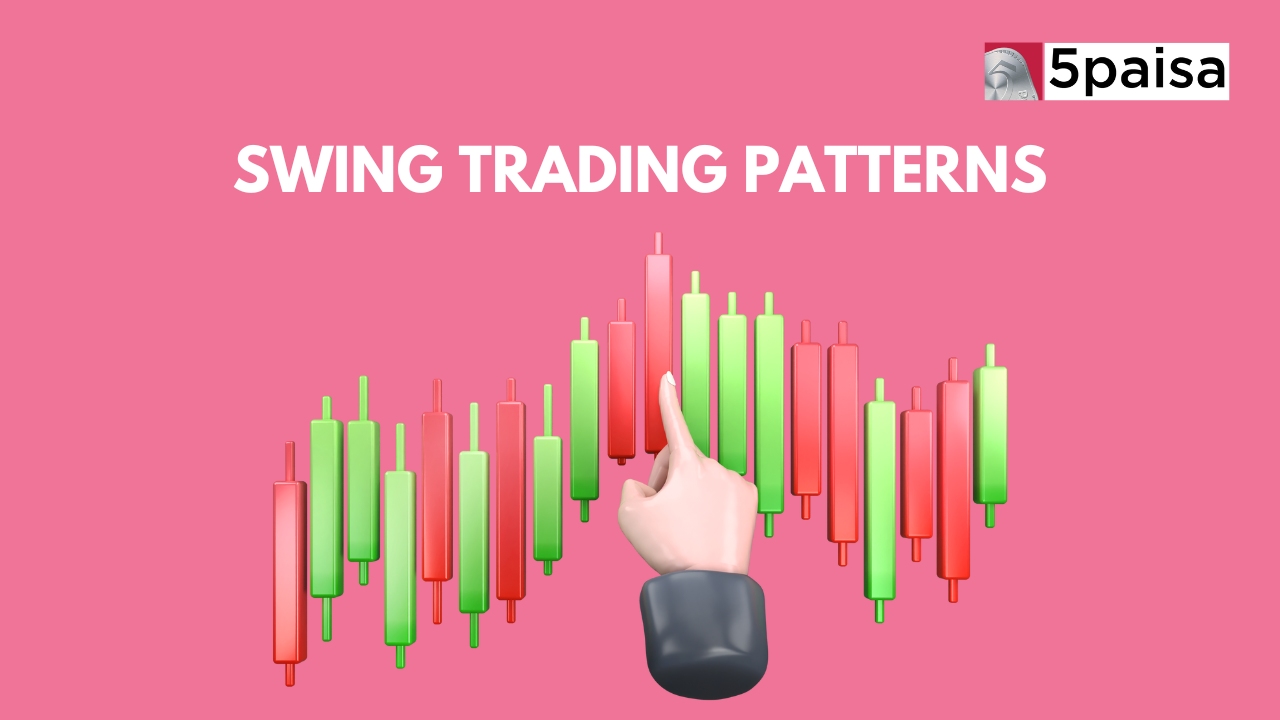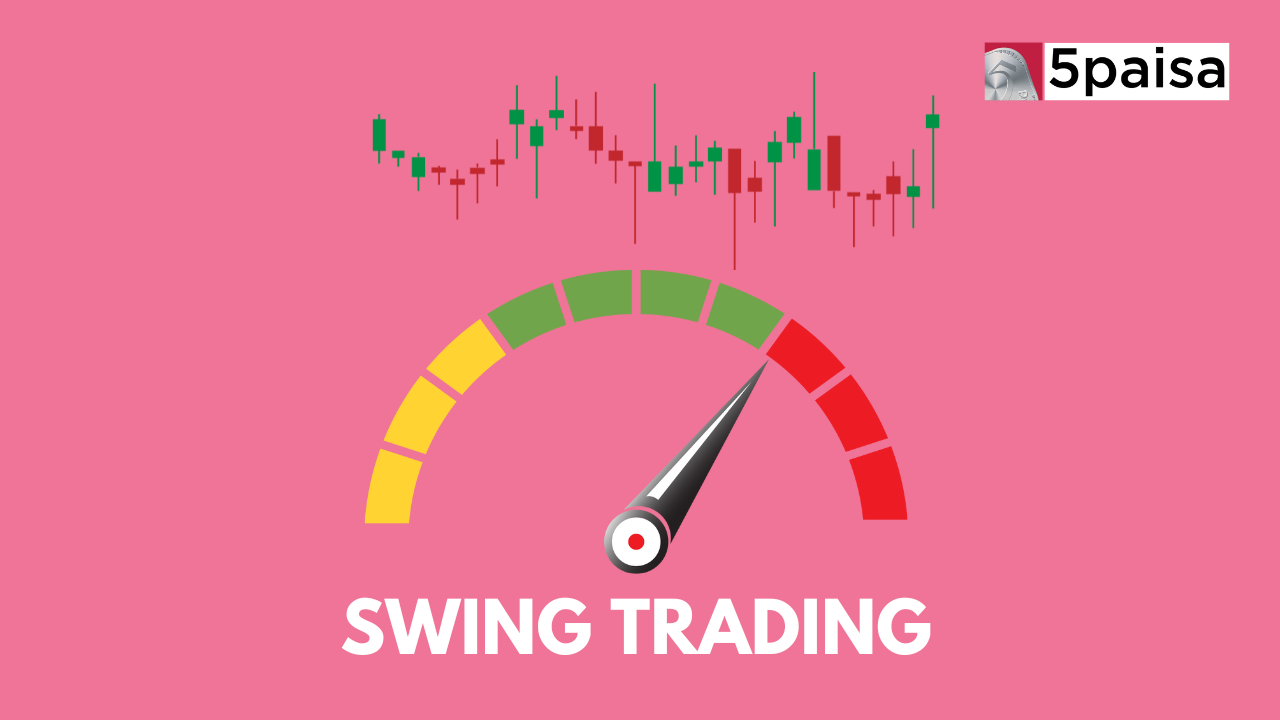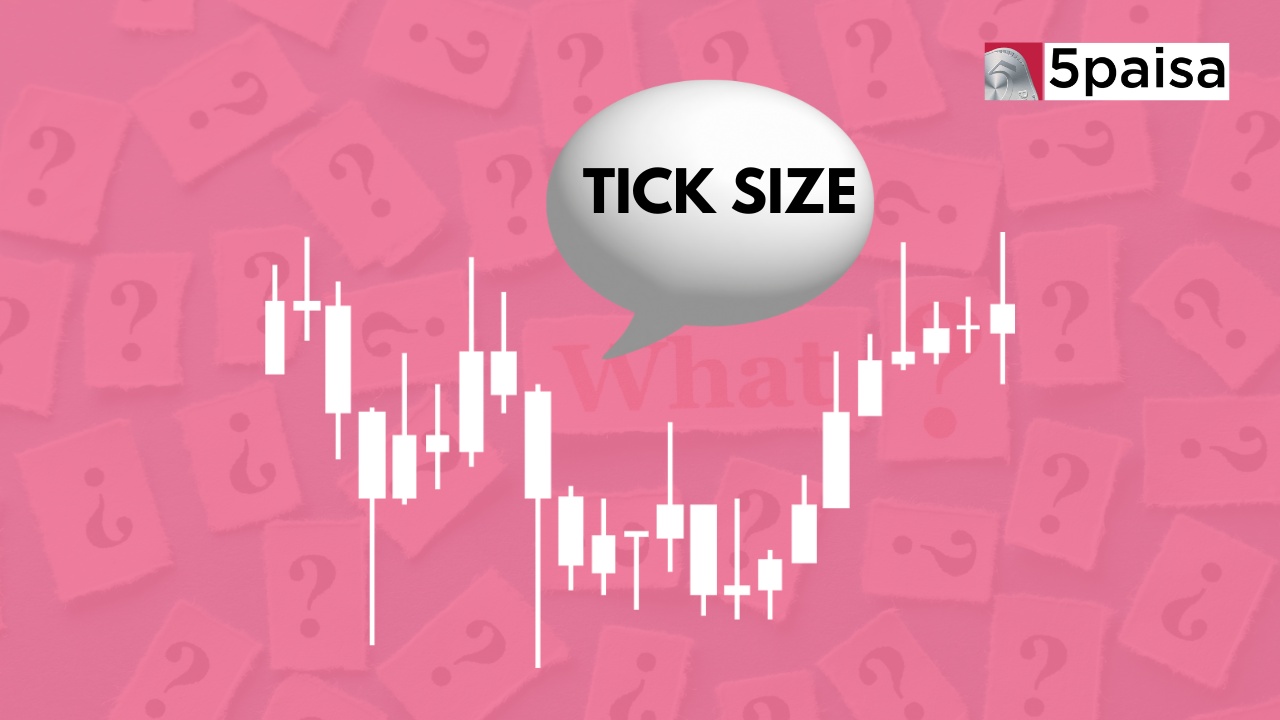What are iceberg orders and how to use them?

The price of any product is directly proportional to its demand. If one were to place a massive order for a particular stock it is mostly likely to get noticed and lift its price. But there are ways to hide this appetite and one of these is the iceberg order.
The iceberg order originates from the idea that if an iceberg is floating, what you see is just its tip. This misleads people about the size, as most of the ice is hidden under the water.
This trick is used to keep the market in a lull when placing a large order for any security, especially stock.
What is An Iceberg Order?
An iceberg order is a strategy employed to hide the size of a large order by breaking it into many small orders. Otherwise, the prices of stock or any other security may change sharply if the markets were to know the real nature of the order.
An iceberg order holds true for both buy and sell sides. A large sell order, unless done through an iceberg order, may induce panic and lead to a fall in prices. Conversely, a single large buy order may lead to hoarding. Panic and hoarding would lead to what is commonly known as the impact cost.
The impact cost refers to the extra cost induced from a large order. Let’s say the price of a stock is Rs 10 and you were to place an order to buy one million of the security. The order will be matched and executed in batches. But as soon as sellers see the order for a million shares, they will jack up the price. So, the average cost of purchasing the shares may rise to Rs 10.50. This extra 50 paise per share is the impact cost.
How do Icebergs work?
An iceberg order works by hiding the true size of the order by showing only a part of it initially. When the first part of the order gets executed, only then another small part is placed and the cycle carries on until the whole order gets executed. This leads to complacency regarding demand to buy or urgency to sell for a stock, leading to nil or lower impact cost than usual.
Uses of Iceberg Order
Iceberg orders can have many benefits when placing a larger order. These include:
Lower impact cost: As explained above, a large order can lead to hoarding or panic in market. By breaking a large order into smaller, less noticeable issues, iceberg orders can lower the impact cost.
M&A: In case of a person trying to exit a company or get a substantial stake in one go, iceberg orders can allow large trades without revealing the true intentions to the market.
Managing liquidity: In case the market is shallow on liquidity, iceberg orders can help lower volatility.
Regulations: Rules may limit the size of orders that can be placed at once. Iceberg orders can help in complying with such regulations.
How to Identify Iceberg Orders
Finding a pattern is key to identifying iceberg orders. Here are some ways to identify them:
Repeated orders at one price point: In case you see a series of orders at the same price level but the total volume isn’t moving as it should have then it could be an iceberg order. As will be the case, after each small order is executed, a new order at the same price will appear.
Unusual trading volume: Look for a security that is showing an unusual trading volume without a proportionate price change, it could be due to an iceberg order.
Order book: If market data shows continuous replenishment of orders at a particular price level it might be the tip of iceberg order.
Incremental order fills: If there is a pattern of incremental fills at a specific price level, it could indicate an iceberg order.
Algorithms: Advanced trading platforms and algorithms can help detect iceberg orders by analysing market data for patterns.
It's important to note that accurately identifying iceberg orders can be challenging, especially for individual or retail investors without access to sophisticated market analysis tools. Furthermore, the use of iceberg orders is a legal and common practice in many markets, primarily used to avoid large order impact on the market price.
Example of an Iceberg Order
If you are an institutional investor who wants to exit a company in which you own 5 million shares, for example. If the price of the share is Rs 100 each, ideally you should get Rs 500 million. But if the order were to be placed in one lot, there will be panic as to why a big institutional investor is exiting the company, leading to erosion in prices and the impact cost can be huge in this case. Let’s say the average selling cost drops to Rs 90, then you have got Rs 50 million less than the initial valuation.
However, if you were to cut the order to 100,000 shares each, then you have sold most of the stock by the time the market realizes what is happening. Hence, the average selling price would be, for example, Rs 97 per share. In this case you have made a much higher amount than what would have been possible otherwise.
Icebergs to overcome order freeze limits
Stock exchanges in India have put a limit on the maximum size or the free limit for orders in the derivative segment, especially on index trading. Iceberg orders help overcome the freeze limit by breaking the orders into smaller sizes and also minimising the impact cost in the process.
Conclusion
While the obvious benefit of iceberg orders is to lower the impact cost, one can also use it to bring anonymity in large orders. But one must ensure to use the right strategy as well while placing many small orders so as to avoid pattern recognition.
 Sachin Gupta
Sachin Gupta Ruchit Jain
Ruchit Jain Tanushree Jaiswal
Tanushree Jaiswal



